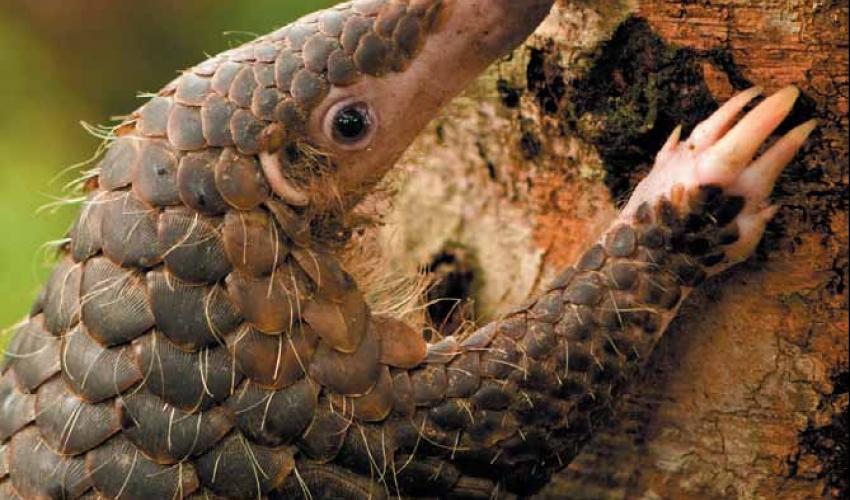Consultation on draft guidance for reducing disease risks in protected and conserved areas
The IUCN (Protected and Conserved Areas Team), SSC Wildlife Health Specialist Group and EcoHealth Alliance invite input to support zoonotic and wildlife disease prevention, detection, response, and recovery as part of protected and conserved area management.

Photo: © Bjorn Olesen
This is an activity of the Protected Area Solutions for Biodiversity and Climate Change project funded by Federal Ministry for the Environment, Nature Conservation, Nuclear Safety and Consumer Protection (BMUV).
The guidance intends to provide specific actions PCA managers and agents can take to better prevent, detect, respond, and recover from zoonotic and wildlife disease events. Anyone wishing to contribute toward improving the guidance can download the consultation draft.
Proposed changes should address substantive matters and be provided as a formulated amendment, deletion, or improvement to the document as far as possible. To be considered, all comments must be logged in the corresponding template for review form.
Background
This guidance aims to support protected and conserved area managers, rangers, and other stakeholders to incorporate disease risk reduction into their overall approach to site planning and management. These guidelines are meant to assist with the full spectrum of potential spillover risk and impact, from preventative actions that can be taken through recovery steps after a disease event takes place. They are ultimately envisioned to be used in support of the IUCN Green List Standard and its application by PCA managers around the world.
The draft guidelines are intended to be sufficiently broad to allow for application in a variety of protected and conserved area contexts. They are not intended to replace existing and more detailed guidelines for addressing disease risk in particular taxonomic groups or industries. We welcome links to other IUCN guidance to support implementation.
The online consultation process will run through 11 April 2022. This call for contributions is meant to capture feedback from the broad spectrum of stakeholders involved with protected and conserved areas. Input is welcome from IUCN colleagues with diverse backgrounds and expertise to ensure the proposed guidance is as comprehensive and pragmatic as possible while aligning with other global conservation targets such as the Post-2020 Framework for Biodiversity and the Sustainable Development Goals, as well as the Global Action Plan for Biodiversity and Health.
Objectives of the guidance
- Identify the disease risk challenges and risk reduction opportunities unique to protected and conserved areas;
- Spotlight the various human-animal interfaces that exist and create risk, to consider in current site operations and for future planning;
- Provide implementation guidance to managers and stakeholders at diverse levels to improve their planning and activities in line with a One Health approach;
- Generate practical indicators for addressing disease risk in protected and conserved areas;
- Learn from case studies and best practices currently in place to combat disease risk;
- Draw opportunities for improvement from existing management plans, standards, and processes.
Any questions can be directed to Catherine Machalaba.




